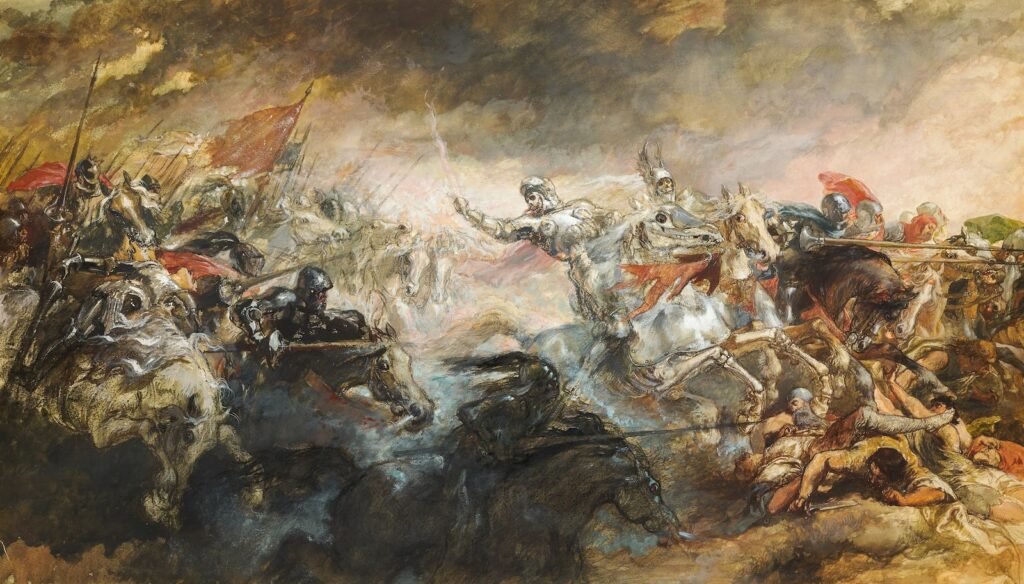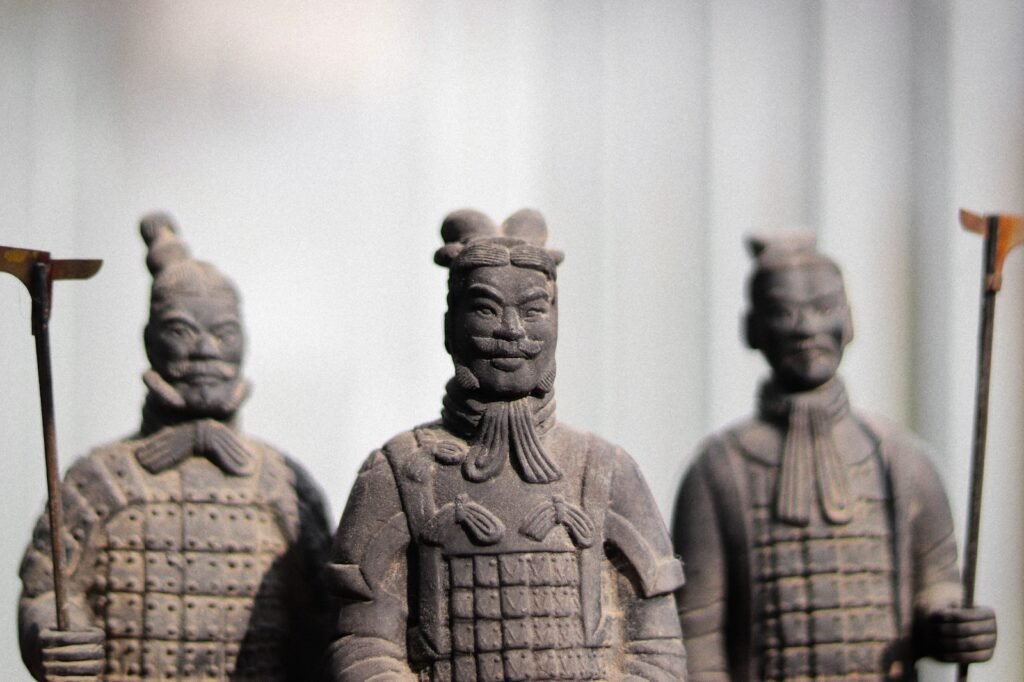Historical War Deceptions Exposed
Throughout history, war has been a breeding ground for strategic trickery and deception. From ancient times to the modern era, military leaders have employed various tactics to mislead and outwit their enemies. Unveiling historical war deceptions allows us to gain a deeper understanding of the complexities of warfare and the lengths to which nations and armies are willing to go to secure victory.

Deceptive Strategies: A Historical Perspective
Deceptive strategies have been utilized in warfare for centuries, with military leaders recognizing the importance of psychological warfare and manipulation. Throughout history, armies have employed elaborate ruses, misdirection, and covert operations to confuse and deceive their adversaries. These strategies often involve exploiting the enemy’s weaknesses, creating illusions, and misrepresenting their own intentions.

Ancient Tactics: Trickery in Classical Warfare
Even in ancient times, military commanders understood the power of deception on the battlefield. The Trojan Horse, perhaps one of the most famous examples, demonstrated the effectiveness of a well-executed ruse. The Greek soldiers hid inside a giant wooden horse, which was presented as a gift to the Trojans. Once inside the city walls, the Greek soldiers emerged and led a surprise attack. This clever tactic illustrates the timeless allure of deception in warfare.

The Art of Misdirection: Deceiving the Enemy
Misdirection has long been a key element in the art of war. Military leaders have employed various strategies to divert the attention of their enemies, allowing them to strike from unexpected angles or exploit vulnerabilities. This could involve creating false targets or feigning retreat to lure the enemy into a trap. These deceptive maneuvers have proven to be effective across different periods of history, showcasing the importance of misdirection in achieving military victories.

Propaganda Wars: Manipulating Public Opinion
Beyond the battlefield, war deceptions have extended into the realm of public opinion. Governments and military leaders have utilized propaganda to sway public sentiment and gain support for their cause. Through the manipulation of information, imagery, and rhetoric, propaganda campaigns have been employed to demonize enemies, rally support, and shape the narrative of conflicts. The impact of propaganda on public opinion cannot be underestimated, as it often plays a vital role in shaping the outcome of wars.

Spies and Espionage: Unveiling Secret Operations
Spies and espionage have long been integral to the world of covert operations. Gathering intelligence, sabotaging enemy efforts, and destabilizing adversaries have been accomplished through the use of spies and undercover agents. These individuals risked their lives to extract vital information, destabilize enemy forces, or deceive the enemy through false intelligence. The shadowy world of espionage has played a significant role in history, with numerous instances of successful covert operations changing the course of wars.
Technological Deceptions: Tricks of Modern Warfare
As technology advanced, so did the opportunities for deception in warfare. From the invention of false radio transmissions to fake military installations, the modern era has brought forth a new array of deceptive tactics. The use of fake tanks and aircraft, camouflage netting, and the development of dummy equipment has greatly enhanced the ability to mislead the enemy. Technology has become a double-edged sword, offering both advantages and vulnerabilities when it comes to warfare deception.
Decoding Secrets: Breaking Enemy Codes and Ciphers
The ability to decipher enemy codes and ciphers has been a crucial aspect of both defensive and offensive military strategies. Throughout history, codebreakers have played a vital role in unveiling the secrets and plans of enemies, providing valuable intelligence to their own forces. From the breaking of the Enigma code during World War II to the more recent advancements in cyber warfare, the art of codebreaking has heavily influenced the outcomes of conflicts and the protection of classified information.
Camouflage and Deception: Hiding in Plain Sight
Camouflage has been employed as a means of deception for centuries. By blending in with the surroundings or disguising military assets, armies have sought to confuse, mislead, and hide from their enemies. From the use of ghillie suits by snipers to the intricate art of creating realistic camouflage patterns, the ability to conceal oneself or military equipment has proven to be a valuable tool in gaining a strategic advantage.
Psychological Warfare: Manipulating the Enemy’s Mind
Psychological warfare aims to manipulate the enemy’s emotions, beliefs, and decision-making processes. Through the use of propaganda, psychological operations, and disinformation campaigns, military leaders seek to weaken the morale, resolve, and cohesion of their adversaries. These tactics often involve spreading fear, doubt, and confusion among enemy ranks, ultimately influencing their behavior and decision-making on the battlefield.
False Flags: Unmasking Covert Operations
False flag operations involve one party disguising themselves as another, thus misleading observers into attributing the actions to a different entity. These covert operations have been employed throughout history to shift blame, justify military interventions, or manipulate public opinion. Examples range from naval vessels flying false flags to gain a tactical advantage to intelligence agencies orchestrating terrorist attacks to further their own political agendas. False flag operations reveal the lengths to which governments and military leaders are willing to go to achieve their objectives.

Lessons Learned: Understanding the Impact of Deceptions
By unveiling historical war deceptions, we gain valuable insights into the strategies and tactics employed throughout history. The study of these deceptions allows us to understand the impact they had on conflicts and the course of events. It highlights the ingenuity and resourcefulness of military leaders, as well as the vulnerabilities that exist on the battlefield. Understanding these lessons can help inform our approach to warfare and the constant challenges posed by deception and trickery.
War deceptions have played a prominent role throughout history, from ancient times to the modern era. The tactics and strategies employed to mislead and outwit enemies have evolved alongside advancements in technology and changes in warfare. By examining these historical war deceptions, we can gain a deeper understanding of the complexities of warfare and the lengths to which nations and armies are willing to go to secure victory. The lessons learned from these deceptions can help inform our approach to warfare and shape our understanding of the constantly evolving nature of conflicts.
